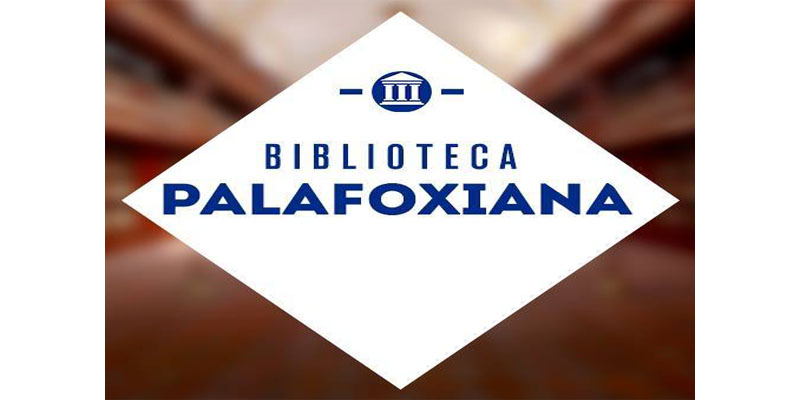Archaeonautica eISSN – 2117-6973Archaeonautica is aimed at researchers, archaeologists, historians, as well as specialists in maritime and nautical history and archaeology. Its mission is to publish studies in submarine and subaquatic archaeology, both French and foreign, from prehistory to the 19th century.The journal was founded in 1977 in response to the lack of a specialist review in France that covered scientific themes on a larger scale than the simple excavation report. The chronological spread is wide since the intention is to cover all periods stretching from prehistory to the contemporary era: actual contributions run from protohistory up to modern times. Similarly, the geographic field is not strictly defined, although most of the work examined concerns the Mediterranean, European internal waterways with some articles looking at the eastern Atlantic seaboard.A large part of the review is given over to publishing excavations of shipwrecks but the collection also includes more specific studies regarding nautical and harbour archaeology. Different aspects of economic and maritime history, as well as the history of attitudes are also tackled through analyses of literary, iconographic and technical sources.§ 20 | 2018 De re navali : Pérégrinations nautiques entre Méditerranée et océan  IndienMélanges en l’honneur de Patrice PomeyCe volume, écrit par quatorze amis, collègues et anciens étudiants, est dédié à Patrice Pomey, archéologue naval spécialiste de l’Antiquité méditerranéenne, directeur de recherche émérite du CNRS, et qui fut directeur de la Direction des Recherches Archéologiques Sous-Marines (ministère de la Culture) et du Centre Camille Jullian (Aix-Marseille Université, CNRS). Préfacé par André Tchernia et introduit par les éditeurs, Giulia Boetto et Éric Rieth, cet ouvrage comporte qua (…)Français EnglishThis volume, written by fourteen friends, colleagues and former students, is dedicated to Patrice Pomey, nautical archaeologist and specialist in the ancient Mediterranean, emeritus director of research at the CNRS, and former director of the Direction des Recherches Archéologiques Sous-Marines (French Ministry of Culture) and of the Centre Camille Jullian (Aix Marseille University, CNRS). With a preface by André Tchernia and an introduction by the editors, Giulia Boetto and Éric Rieth, the work is composed of four sections that reflect the themes to which Patrice Pomey has devoted most of his career. Five articles bearing on the nautical archaeology of the ancient Mediterranean make up the first part, while the second features two contributions looking at nautical iconography. The four studies of the third part recall Pomey’s interest in nautical ethnography as well as his work on the “sewn” boats of Kerala and the boats of Lake Borollos in Egypt. The fourth and final section is entitled “Varia” and contains three articles exploring other themes dear to Patrice Pomey: dendrochronology, the use of study models, and experimental archaeology.§ André TcherniaLa Naissance d’une Vocation [Full text]§ Giulia Boetto and Éric RiethDe re navali : Pérégrinations nautiques entre Méditerranée et océan Indien. Mélanges en l’honneur de Patrice Pomey [Full text]§ Archéologie navale§ Giulia Boetto and Pierre PovedaNapoli A, un voilier abandonné dans le port de Neapolis à la fin du Ier siècle : architecture, fonction, restitution et espace de navigation [Full text]Napoli A, a sailing ship abandoned in the harbour of Neapolis at the end of the 1st century : architecture, function, reconstruction and sailing space§ Marie-Brigitte CarreQuelques pièces pour la manœuvre des voiles découvertes sur l’épave de la Madrague de Giens (Hyères, Var, 70‑45 av. J.-C.) [Full text]Rigging elements found on the Madrague de Giens shipwreck (Hyères, Var, France, 1st century BC)§ Franca Cibecchini, Christian Rico and Pierre PovedaCapo Sagro 2 : une épave romaine à chargement de lingots d’étain à 500 mètres de profondeur [Full text]Capo Sagro 2 : a roman wreck loading tin ingots 500 meters depth§ Carlos De JuanEl pecio de Binissafúller y los barcos en la cultura ibérica [Full text]L’épave de Binissafúller et les bateaux dans la culture ibériqueThe Binissafuller wreck and boats in Iberian culture§ Sabrina MarlierNavires et navigations dans le delta du Rhône à l’époque romaine [Full text]Ships and navigations in the delta of the Rhône river in Roman period§ Iconographie navale§ Lucien BaschLe « bateau-boomerang » prédynastique et la barque divine pharaonique [Full text]The predynastic “boomerang boat” and the divine pharaonic boat§ Ambroise Lassalle and Marie-Pierre JézégouLes représentations de la navigation et du commerce dans les collections lapidaires de Narbonne [Full text]The representations of navigation and trade in the lapidary collections of Narbonne§ Ethnographie navale§ Béat ArnoldTypologie et influence des bases monoxyles dans la construction navale traditionnelle, à l’image des esquifs réalisés par encorbellement inverse [Full text]Typology and influences of the basic logboat in traditional nautical construction, such as vessels of reverse corbelled construction§ Kostas DamianidisThe Use of Ribbands in the Recent Shipbuilding Tradition [Full text]L’utilisation des lisses dans la construction navale traditionnelle d’époque récente§ Éric RiethLa construction d’une jonque à Hong Kong en 1947 : l’ultime enquête ethnographique d’Étienne Sigaut en Chine [Full text]The construction of a jonk in Hong Kong in 1947 : the ultimate ethnographic survey of Étienne Sigaut in China§ Lotika VaradarajanOdam – the quintessential sewn boat of India [Full text]Odam – L’essence du bateau cousu de l’Inde§ Varia§ Frédéric GuibalUne évolution singulière, de la terre vers l’eau : la dendrochronologie [Full text]A special development, from land to water : dendrochronology§ Robert RomanUne nouvelle maquette de restitution hypothétique d’un navire à dolia [Full text]A new hypothetical reconstruction model of a dolia ship§ Harry TzalasThe Kyrenia II, the trireme Olympias, the papyrella : three different endeavours in nautical experimental archaeology [Full text]Le Kyrenia II, la trirème Olympias, la papyrella : trois exemples de projets d’archéologie navale experimentale§ 19 | 2017 L’archéologie maritime et navale de la préhistoire à l’époque contemporaine  Back list volumes are at Persée: Archaeonautica  eISSN – 2117-6973Archaeonautica est une collection créée en 1977 par le CNRS et le Ministère de la Culture à l’initiative de Bernard Liou. Publiée par CNRS Edition, le secrétariat de rédaction de la collection est assuré par le Centre Camille Jullian. Le but de la collection est la publication des recherches d’archéologie sous-marines ou, plus généralement, subaquatique, de la Préhistoire à l’époque moderne. Elle est aussi destinée à accueillir des études d’archéologie maritime et d’archéologie navale, d’histoire maritime et d’histoire économique.1977-1979 § 1977 : [ 1 ]§ 1978 : [ 2 ]1980-1989§ 1981 : [ 3 ]§ 1984 : [ 4 ]§ 1985 : [ 5 ]§ 1986 : [ 6 ]§ 1987 : [ 7 ]§ 1988 : [ 8 ]§ 1989 : [ 9 ]1990-1999 § 1990 : [ 10 ] § 1993 : [ 11 ] § 1994 : [ 12 ] § 1995 : [ 13 ] § 1998 : [ 14 ]Thematic Issues1977-1989 § 1977§ 1L’épave Port-Vendres II et le commerce de la Bétique à l’époque de Claude – 1977Dali Colls [Auteur] Robert Etienne [Auteur] Robert Lequément [Auteur] Bernard Liou [Auteur] Françoise Mayet [Auteur]§ 1985§ 5Les épaves de Tarraconaise à chargement d’amphores Dressel 2-4 – 1985Martine Corsi-Sciallano [Auteur] Bernard Liou [Auteur]§ 1988§ 8L’épave Grand Ribaud D – 1988§ 1989§ 9Le navire Génois de Villefranche, un naufrage de 1516 ? – 1989 1990-1999§ 1994§ 12Une cargaison de bronzes hellénistiques. L’épave Fourmigue C à Golfe- Juan – 1994 |
Para mayor información:https://journals.openedition.org/archaeonautica/410







